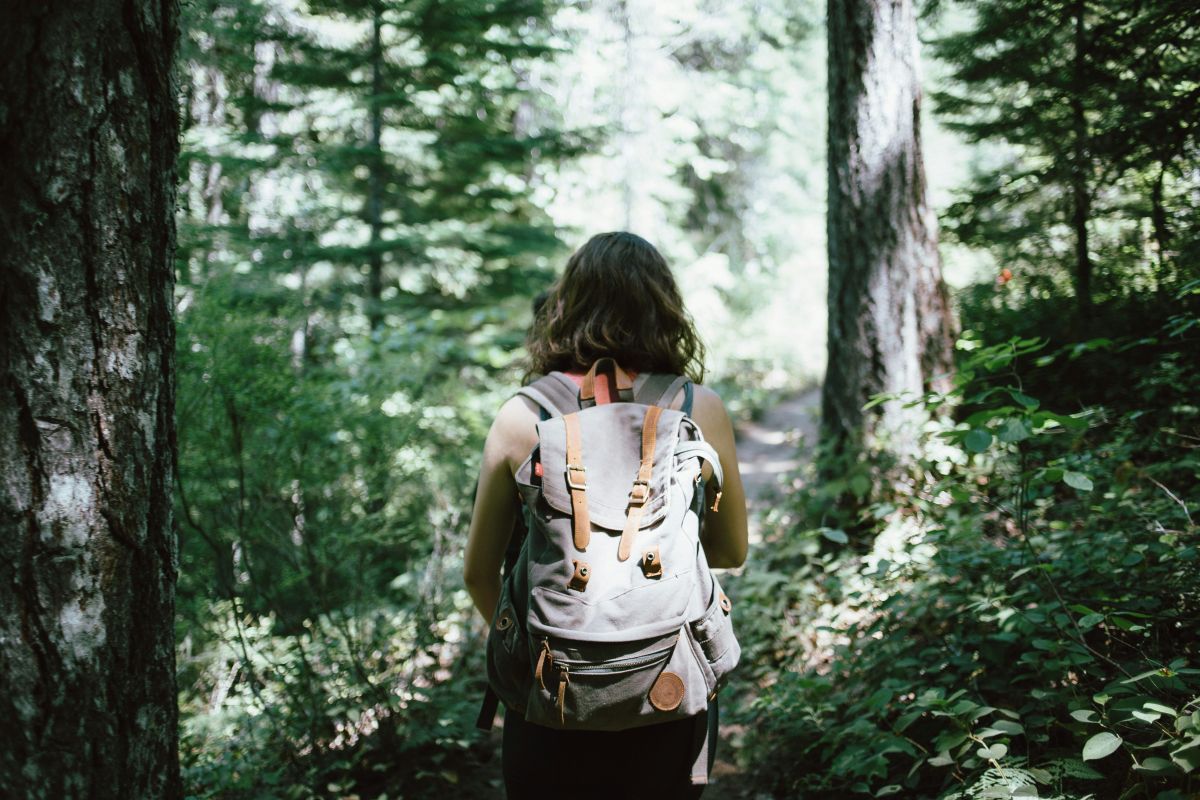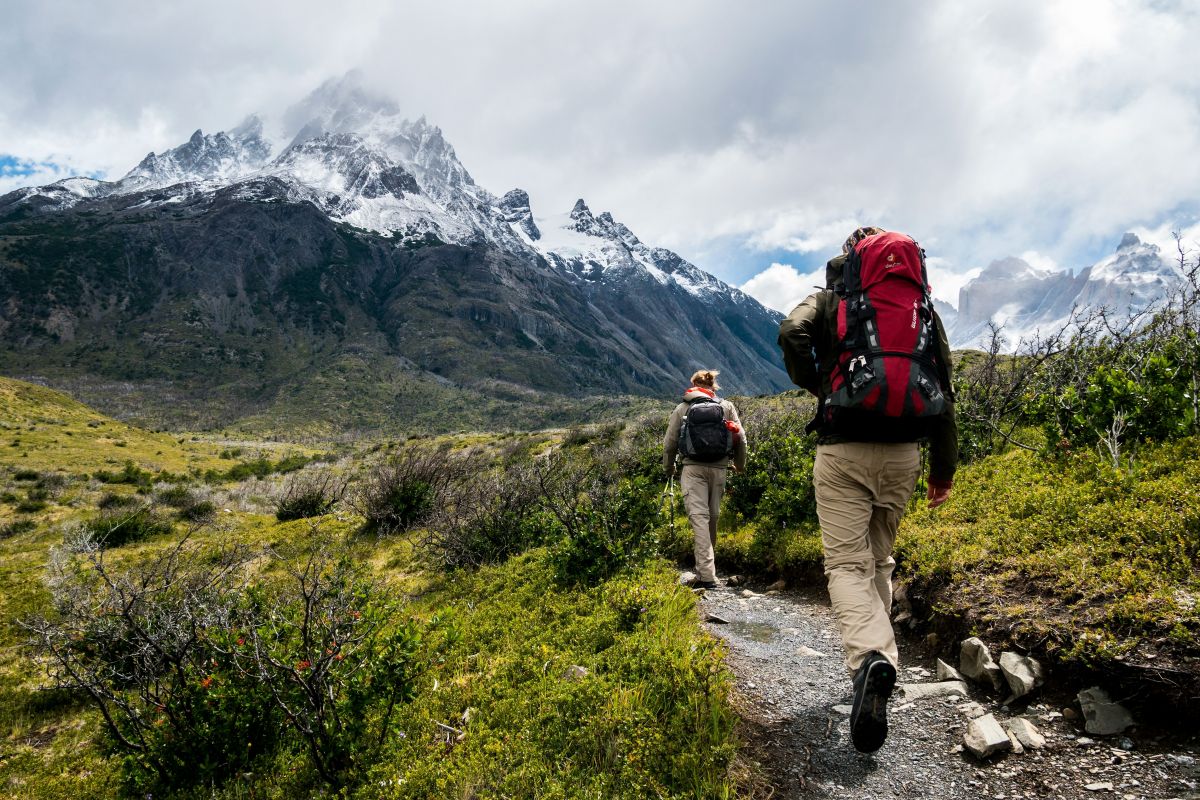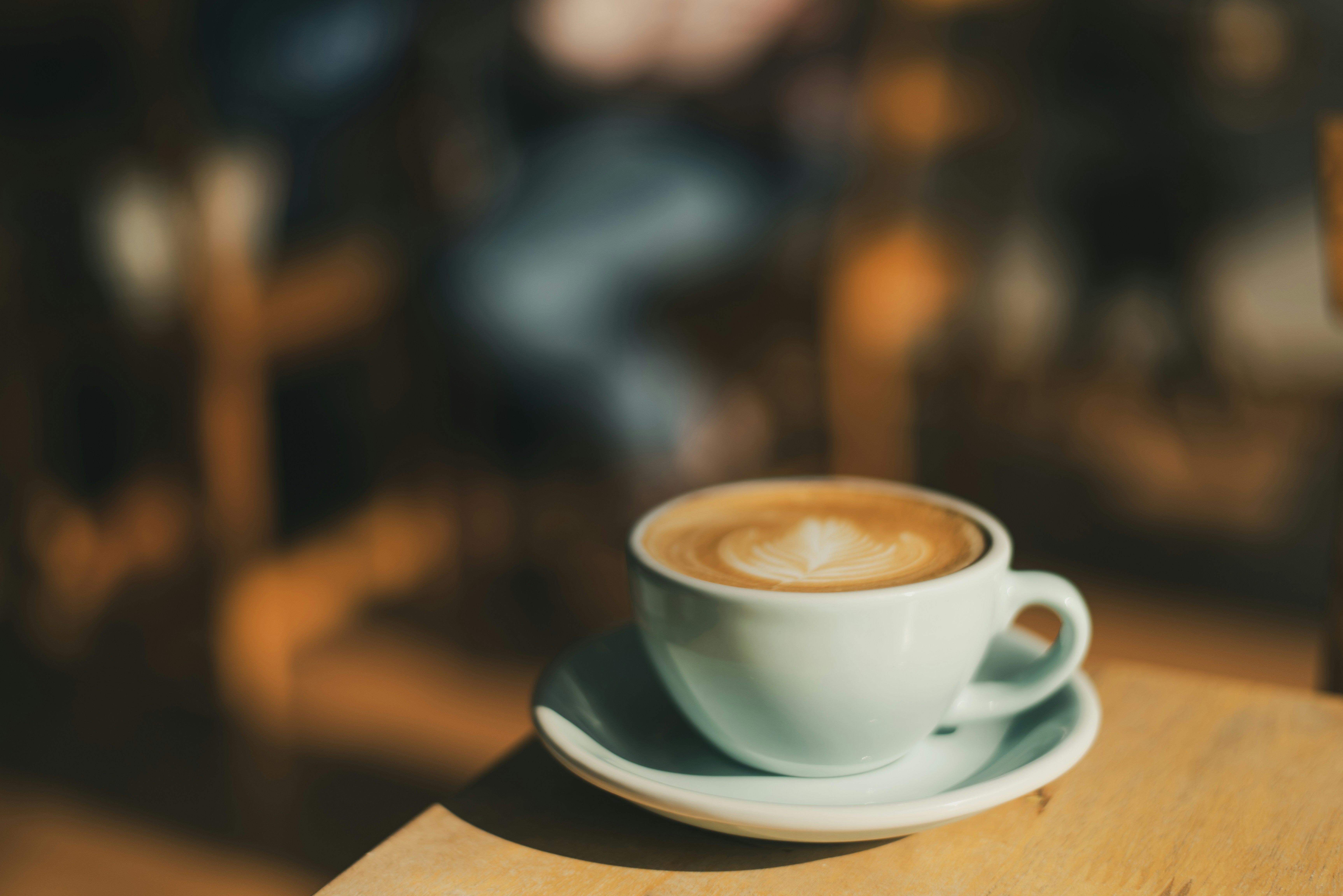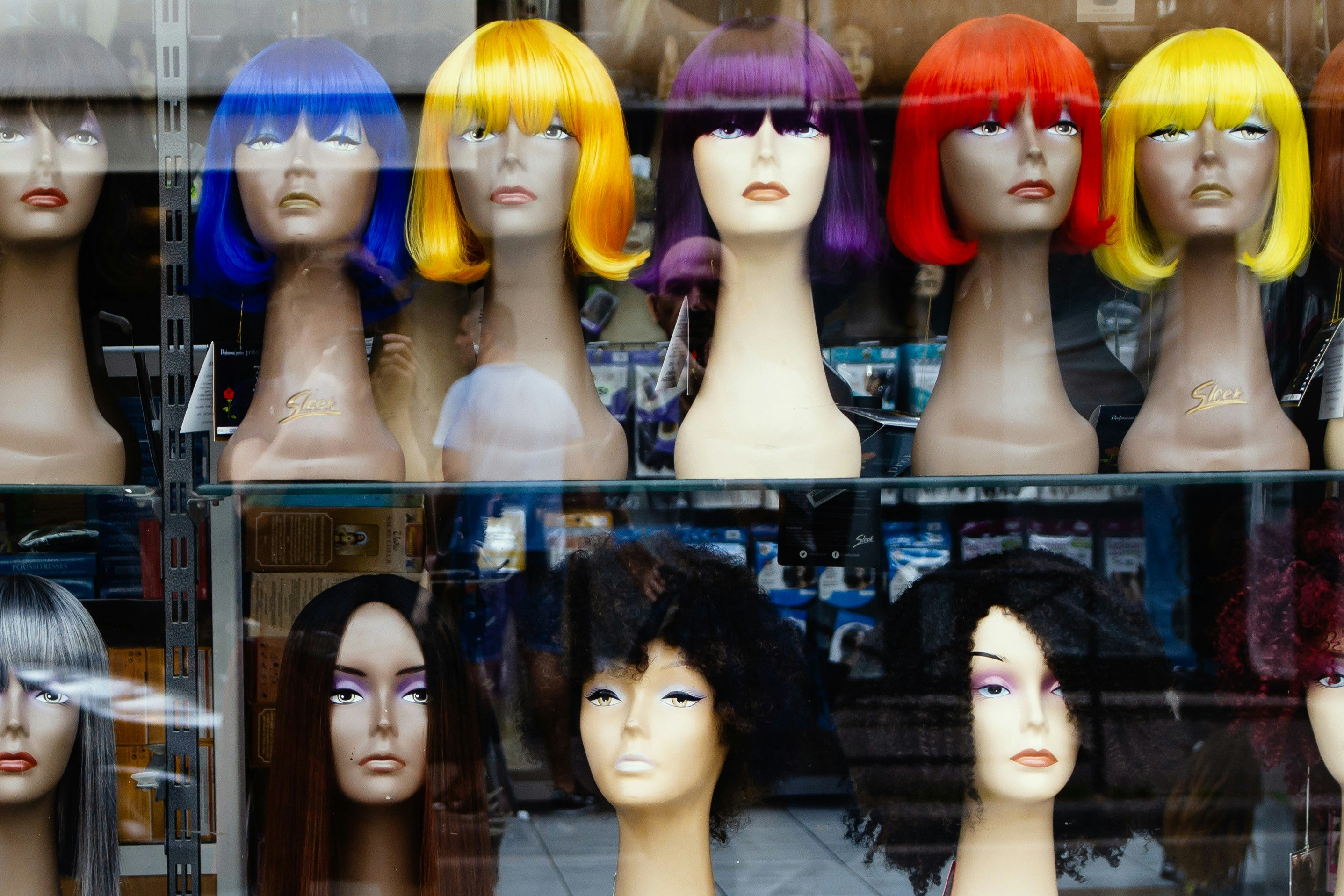A Fresh Guide to Essential Gear for Outdoor Hiking
Exploring the great outdoors through hiking is an exhilarating experience that brings us closer to nature and offers a sense of adventure.

To fully enjoy the journey, having the right gear is essential for safety, comfort, and convenience. In this comprehensive guide, we will explore the essential equipment needed for outdoor hiking and provide valuable insights for hikers to make informed decisions when it comes to gear selection.
Footwear: The Foundation of Every Hike
The importance of proper footwear cannot be overstated when it comes to hiking. Invest in high-quality hiking boots or trail shoes that provide ankle support, a sturdy sole, and waterproofing. A proper fit is crucial to prevent blisters and ensure stability on rugged terrain.
Backpack: Carrying Comfort and Convenience
Selecting the right backpack is essential for carrying all your essential gear. Look for a backpack with padded shoulder straps, adjustable waist belt, and multiple compartments for organized storage. Consider the capacity based on the length of your hikes and the gear you plan to carry.

Clothing: Layering for Comfort and Protection
Dress in layers to regulate body temperature and protect against the elements. Moisture-wicking base layers, insulating mid-layers, and waterproof outer layers are essential. Don't forget to pack a hat, gloves, and extra socks for changing weather conditions.
Navigation Tools: Finding Your Way Safely
A reliable map and compass are essential for navigating through unfamiliar terrain. Consider complementing these traditional tools with a GPS device or smartphone app for added convenience. Be sure to familiarize yourself with how to use these tools before heading out.
First Aid Kit: Safety First
A well-stocked first aid kit can be a lifesaver in case of emergencies. Include items such as bandages, antiseptic wipes, pain relievers, and any personal medications. Additionally, consider taking a basic first aid course to be prepared for minor injuries.
Hydration and Nutrition: Fueling Your Adventure
Stay hydrated by carrying an adequate supply of water or investing in a portable water filtration system. Pack lightweight, high-energy snacks to keep your energy levels up during the hike. Proper nutrition is essential for sustained endurance.
Protection from the Elements: Sun, Rain, and Bugs
Protect yourself from the sun with a wide-brimmed hat, sunglasses, and sunscreen. Carry a lightweight, waterproof jacket for unexpected rain showers and consider using insect repellent to ward off pesky bugs.

Emergency Essentials: For Peace of Mind
Carry a whistle, a signaling mirror, and a lightweight emergency blanket in case of unexpected situations. These items can be crucial for attracting attention and providing temporary shelter in emergencies.
Conclusion
Equipped with the right gear, outdoor hiking becomes a rewarding and enjoyable experience. From proper footwear to essential emergency tools, each piece of gear plays a role in ensuring a safe and comfortable journey. By following this comprehensive guide, hikers can make informed decisions and be well-prepared for their outdoor adventures. Remember, the key to a successful and fulfilling hike lies in the careful selection and proper use of essential gear.

How to Skillfully Arrange Soft Furniture in a Limited Space
For many families, how to skillfully arrange soft furniture in a limited space is an important challenge. This article will discuss how to maximize the use of space through reasonable design and layout.First of all, the proper planning and layout of the room is crucial. Before placing soft furniture, it is necessary to clarify the function and needs of the room. For example, if the room is mainly used for rest and relaxation, it may need some comfortable sofas, chairs and beds; If the room is mainly used for work and study, it may need some practical desks, chairs and bookshelves.2.Choose the right sizeIn a limited space, choosing the right furniture size is key. Oversized furniture can take up too much space and make people feel depressed; And too small furniture will appear incongruous, affecting the overall beauty. Therefore, it is necessary to choose the right furniture size according to the size and shape of the room. At the same time, you can also choose some multi-functional, adjustable furniture, such as foldable, movable sofas and beds, as well as detachable, assemblable wardrobes and shelves.3.The use of space heightWhen placing soft furniture, you can use the height of the space to maximize the use of space. For example, the bed frame can be designed with a storage function, and the bed can be used to store clothes, books and other items; Or design the height of the sofa slightly higher than the general level, and set up lockers or drawers under the sofa to store items such as clutter or books.4. Keep the space transparentWhen placing soft furniture, it is necessary to maintain the permeability of the space and avoid the feeling of repression and cramped. Therefore, the placement and direction of the furniture need to be reasonably planned to avoid blocking the passage and Windows, and to maintain the smooth and open sense of the space. At the same time, you can also enhance the sense of space by choosing transparent or light-colored furniture.

Does Your Coffee Cup Affect the Taste of Your Coffee
This article will explore the potential impact of coffee cups.First of all, the material of the coffee cup is an important consideration. Common coffee mug materials include ceramic, glass and stainless steel. Ceramic cups are the most common choice because they are able to maintain the temperature of the coffee and do not have a noticeable effect on the taste of the coffee. Ceramic is very helpful for maintaining the heat and stability of the coffee, which allows the coffee to maintain the ideal temperature in the cup, making the taste more comfortable. On the other hand, the glass has good transparency, which allows people to appreciate the color and layering of the coffee. However, the glass is less able to retain heat and the coffee may cool more quickly. Stainless steel cups have excellent thermal insulation properties and can keep the temperature of coffee for a long time, but the material of stainless steel may have a certain impact on the taste of coffee.Secondly, the shape of the coffee cup may also have an effect on the taste of the coffee. The shape of the coffee cup can affect the smell, taste and caffeine content of the coffee. For example, a round cup can help the aroma of coffee concentrate better, making it easier to taste the aroma of coffee. For lighter coffee, such as Americano, you can choose a larger caliber cup to better experience the taste of coffee. In addition, the bottom shape of the cup may also have an impact on the taste of the coffee. A cup with a narrower bottom may make the coffee taste more intense, while a cup with a wider bottom may make the coffee taste more balanced.

Wig Basics
This article will introduce the basic knowledge of wigs, including the types of wigs, materials, selection and care.The type of wig1. Full Wig: A full wig is a wig product that covers the entire head, similar to a hat, and can completely change the hairstyle and hair color. Full wigs are usually made of synthetic or human hair and come with an adjustable cap to accommodate different head sizes.2. Hair Piece: A hair piece is a small piece of wig, usually used to increase the volume of hair or cover certain areas of baldness. Hair pieces can be fixed to natural hair to make the hairstyle more full and natural.3. Hair Extensions: A wig is a long, thin piece of hair that is usually used to extend the length of natural hair. They can be attached to natural hair by means of clips, adhesives, or braiding.4. Hair Toppers: Hair toppers are a type of wig product similar to hair pieces, but larger and thicker, usually used to cover bald or sparse areas on the top of the head.Choose the right wig1. Color and style: Choosing the right wig color and style is very important to ensure that it matches natural hair and meets personal preferences. You can choose a color that is similar to your natural hair, or try new hair colors to add variety.2. Head circumference and size: The wig needs to match the head circumference size to ensure comfort and stability. You can choose the right wig size based on your head circumference, or choose a wig with an adjustable cap.3. Material and quality: Choose the right wig material according to your personal needs and budget. Synthetic wigs are suitable for short-term use and low cost needs, while human hair wigs are suitable for long-term use and higher quality requirements.

Step by Step Instructions to Wear a Wig
However, wearing a wig is not a simple matter and requires a certain amount of skill and patience. This article will detail the steps and precautions on how to wear a wig.1.Choose the right wigIt is pivotal to pick the right hairpiece. In the acquisition of hairpieces, you need to pick as per your head type, hair quality, hairdo and different variables. By and large, material of hairpieces can be isolated into two classes: fake hair and genuine hair. The upside of counterfeit hair is that it is not difficult to deal with and the cost is generally low; The benefit of genuine hair is that it is more normal and sensible, yet the cost is higher. While picking, you can make compromises in light of your requirements and financial plan.2.Prepare tools and hairBefore wearing a wig, you need to prepare some necessary tools and hair. Tools include combs, hair clips, small black clips and gloves; When it comes to hair, you need to make sure your hair is clean, dry and oil-free. If the hair is relatively long, it is recommended to cut it short first, so that it is easier to care and wear the wig.3.The steps of wearing a wigPut the wig on your headFirst, put the wig on your head, making sure it fits your own hair. Be careful not to pull the wig too hard, so as not to damage or cause discomfort to the scalp.Adjust the wig positionAfter putting on the wig, you need to adjust its position. Use a comb or your fingers to gently comb the wig so it blends in more with your own hair. At the same time, pay attention to adjusting the Angle and position of the wig to make it look more natural.Secure with bobby pinsIn order to prevent the wig from falling off or shifting, hair clips can be used to secure it. When fixing, be careful not to pull the hair excessively, so as not to cause pain or damage.Tidy up the detailsFinally, tidy up the details of the wig. Check if there are warped or uneven areas, and use a comb or fingers to gently comb it to make it look more natural and realistic.

A Fresh Guide to Essential Gear for Outdoor Hiking
To fully enjoy the journey, having the right gear is essential for safety, comfort, and convenience. In this comprehensive guide, we will explore the essential equipment needed for outdoor hiking and provide valuable insights for hikers to make informed decisions when it comes to gear selection.Footwear: The Foundation of Every HikeThe importance of proper footwear cannot be overstated when it comes to hiking. Invest in high-quality hiking boots or trail shoes that provide ankle support, a sturdy sole, and waterproofing. A proper fit is crucial to prevent blisters and ensure stability on rugged terrain.Backpack: Carrying Comfort and ConvenienceSelecting the right backpack is essential for carrying all your essential gear. Look for a backpack with padded shoulder straps, adjustable waist belt, and multiple compartments for organized storage. Consider the capacity based on the length of your hikes and the gear you plan to carry.Clothing: Layering for Comfort and ProtectionDress in layers to regulate body temperature and protect against the elements. Moisture-wicking base layers, insulating mid-layers, and waterproof outer layers are essential. Don't forget to pack a hat, gloves, and extra socks for changing weather conditions.Navigation Tools: Finding Your Way SafelyA reliable map and compass are essential for navigating through unfamiliar terrain. Consider complementing these traditional tools with a GPS device or smartphone app for added convenience. Be sure to familiarize yourself with how to use these tools before heading out.
TOP NEWS


.png)

.png)

.png)

.png)

.png)

.png)

.png)

.png)
.png)
Recommended suppliers
Trade Alert
- Delivery New Products To YouTell Us What Are You Looking For?

- Acre/Acres
- Ampere/Amperes
- Bag/Bags
- Barrel/Barrels
- Blade/Blades
- Box/Boxes
- Bushel/Bushels
- Carat/Carats
- Carton/Cartons
- Case/Cases
- Centimeter/Centimeters
- Chain/Chains
- Combo/Combos
- Cubic Centimeter/Cubic Centimeters
- Cubic Foot/Cubic Feet
- Cubic Inch/Cubic Inches
- Cubic Meter/Cubic Meters
- Cubic Yard/Cubic Yards
- Degrees Celsius
- Degrees Fahrenheit
- Dozen/Dozens
- Dram/Drams
- Fluid Ounce/Fluid Ounces
- Foot/Feet
- Forty-Foot Container
- Furlong/Furlongs
- Gallon/Gallons
- Gill/Gills
- Grain/Grains
- Gram/Grams
- Gross
- Hectare/Hectares
- Hertz
- Inch/Inches
- Kiloampere/Kiloamperes
- Kilogram/Kilograms
- Kilohertz
- Kilometer/Kilometers
- Kiloohm/Kiloohms
- Kilovolt/Kilovolts
- Kilowatt/Kilowatts
- Liter/Liters
- Long Ton/Long Tons
- Megahertz
- Meter/Meters
- Metric Ton/Metric Tons
- Mile/Miles
- Milliampere/Milliamperes
- Milligram/Milligrams
- Millihertz
- Milliliter/Milliliters
- Millimeter/Millimeters
- Milliohm/Milliohms
- Millivolt/Millivolts
- Milliwatt/Milliwatts
- Nautical Mile/Nautical Miles
- Ohm/Ohms
- Ounce/Ounces
- Pack/Packs
- Pair/Pairs
- Pallet/Pallets
- Parcel/Parcels
- Perch/Perches
- Piece/Pieces
- Pint/Pints
- Plant/Plants
- Pole/Poles
- Pound/Pounds
- Quart/Quarts
- Quarter/Quarters
- Rod/Rods
- Roll/Rolls
- Set/Sets
- Sheet/Sheets
- Short Ton/Short Tons
- Square Centimeter/Square Centimeters
- Square Foot/Square Feet
- Square Inch/Square Inches
- Square Meter/Square Meters
- Square Mile/Square Miles
- Square Yard/Square Yards
- Stone/Stones
- Strand/Strands
- Ton/Tons
- Tonne/Tonnes
- Tray/Trays
- Twenty-Foot Container
- Unit/Units
- Volt/Volts
- Watt/Watts
- Wp
- Yard/Yards
Select template type:
One Request, Multiple Quotes.









